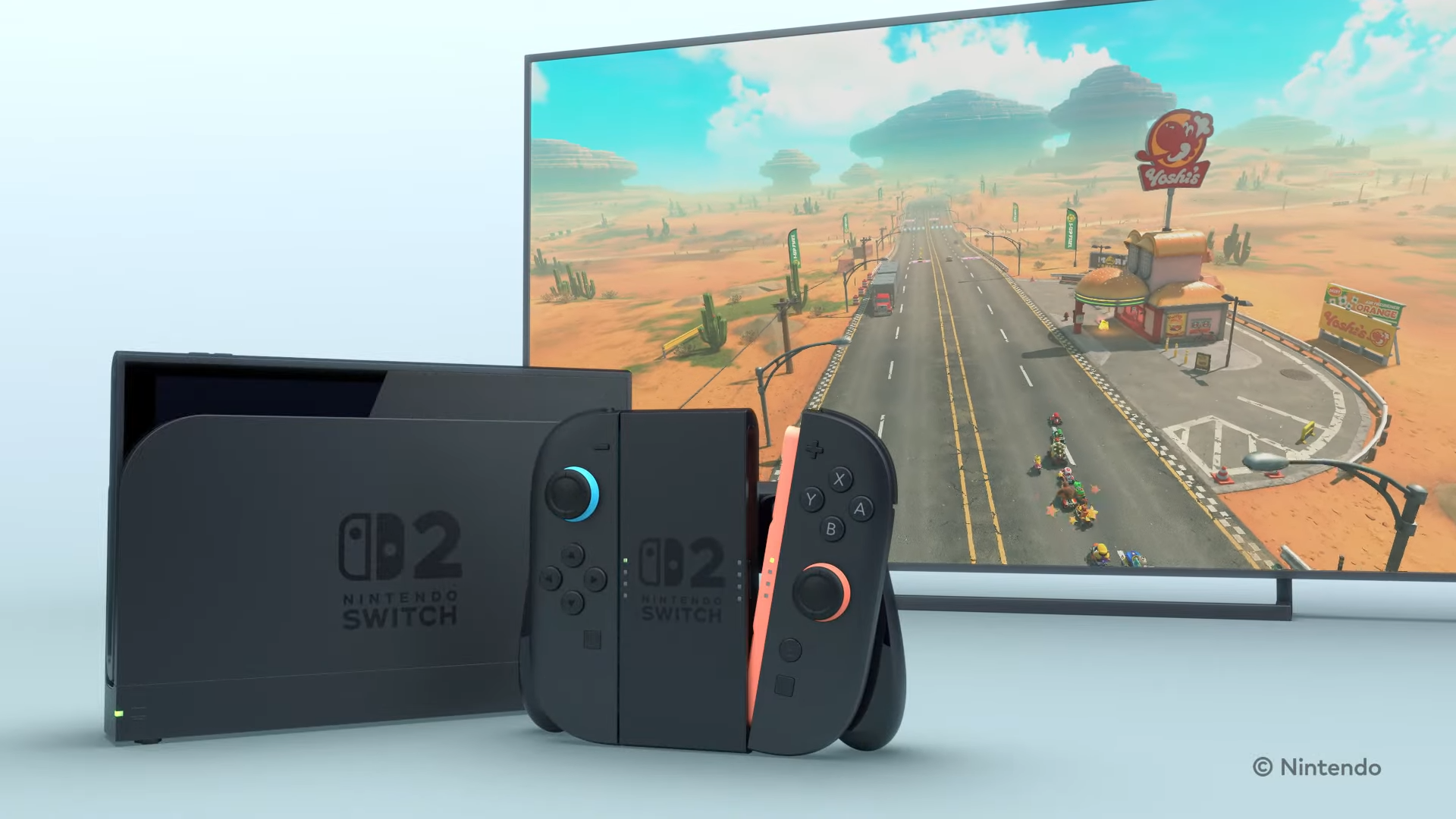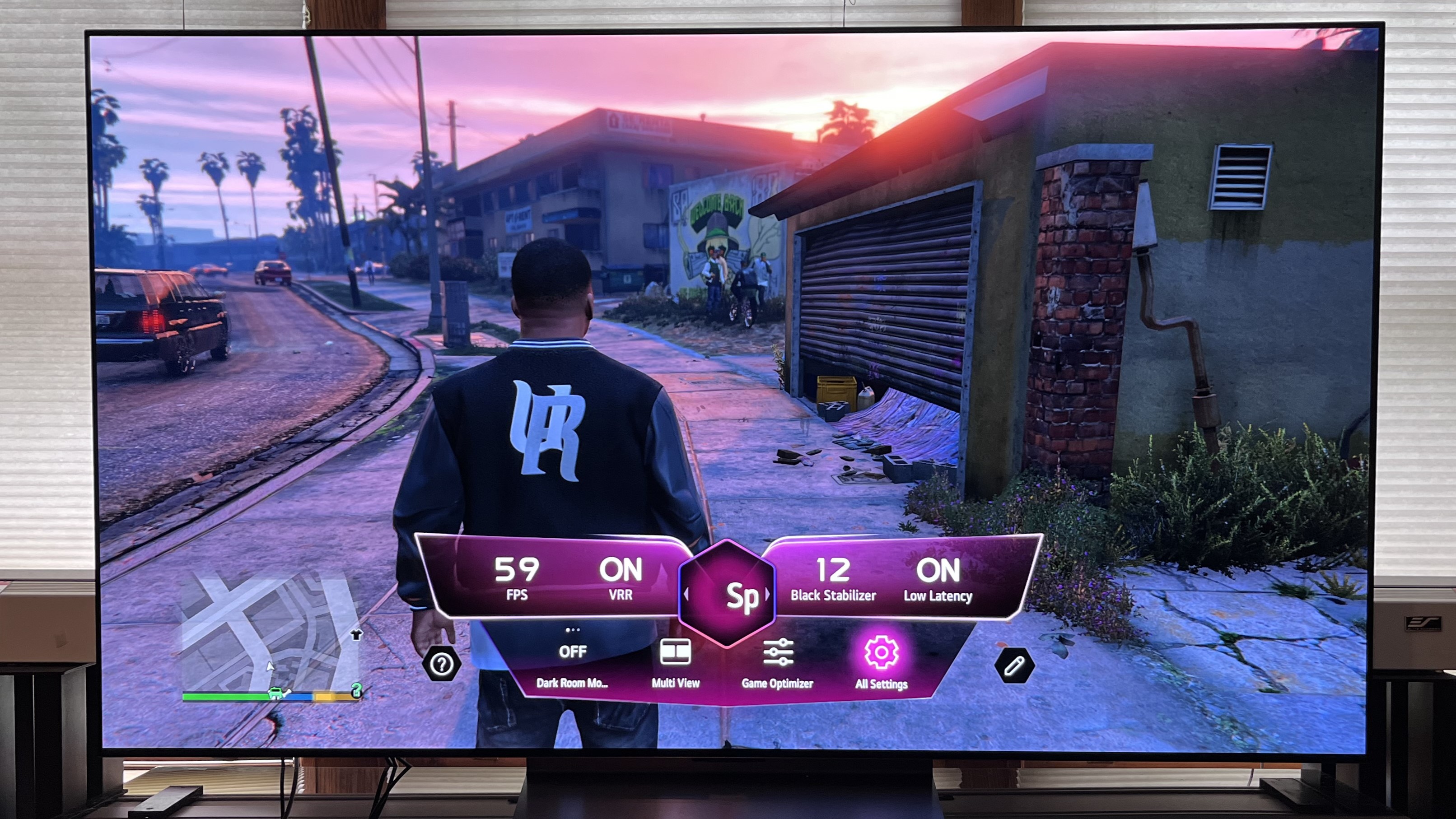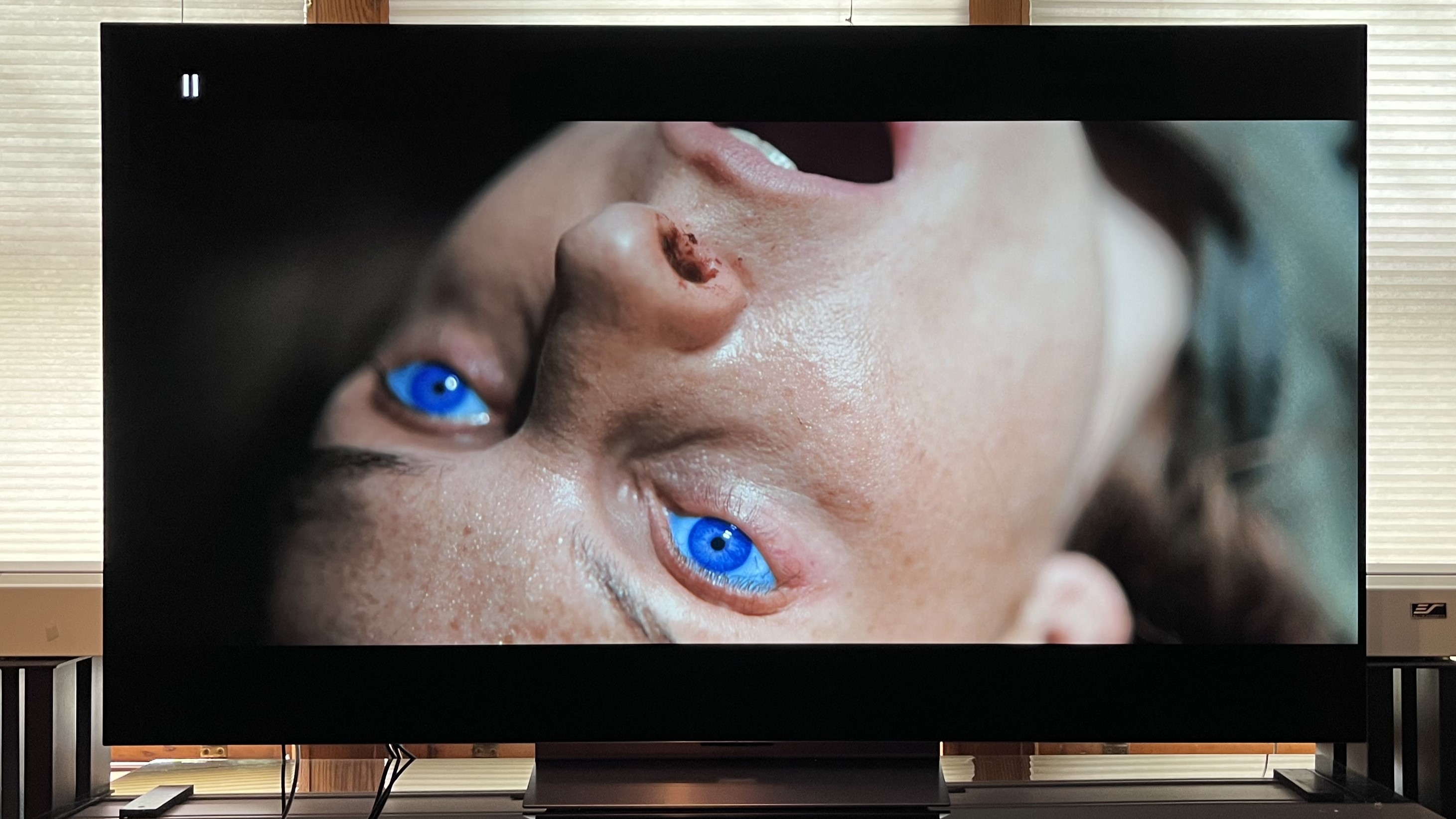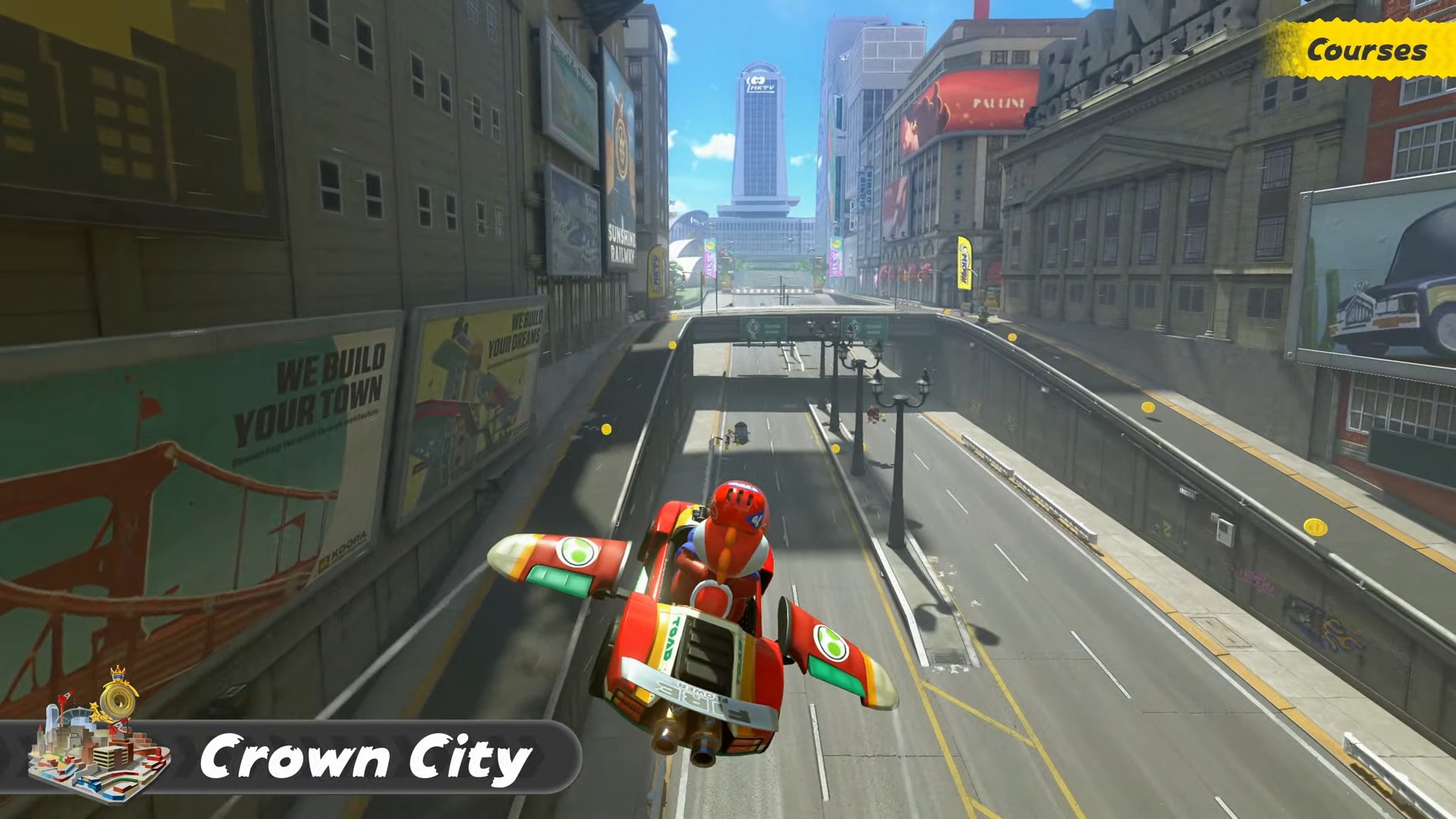The Nintendo Switch 2 has had some display upgrades – here's what they are and how to know if your TV supports them

If you’ve bought a Nintendo Switch 2, you’ll no doubt be aware that it has received some key feature upgrades over its predecessor.
These new features include 4K resolution and HDR10 compatibility. The Nintendo Switch 2 also has 120Hz support, although this is limited to 1080p (Full HD) resolution with the console in docked mode, and Variable Refresh Rate (VRR), which is only available in handheld mode.
The best gaming TVs, in contrast, come with a full array of gaming features. For example, our current top gaming TV pick, the LG C4, features four HDMI 2.1 ports that support 4K 144Hz, VRR (AMD FreeSync Premium and Nvidia G-Sync), HGiG, ALLM and Dolby Vision gaming.
All of those features may be overkill for the Switch 2, which has a limited gaming feature set when in docked mode compared to current gaming consoles such as the PlayStation 5 and Xbox Series X.
Even so, you may be wondering which Switch 2 features are relevant to your TV, and if your current set can handle them. To help make the most of your Switch 2 experience, we’ve compiled a list of supported gaming features, along with an explanation of how they work on today’s TVs.
1. 4K resolution

The Switch 2 now supports 4K (Ultra HD) resolution. With four times as many pixels as 1080p resolution, you’re getting significantly higher picture detail with 4K. This means you can expect a big jump in picture quality with the Switch 2 compared to the original Switch.
4K resolution has become increasingly standard, even in budget TVs. However, if you have one of the best 32-inch TVs, most of which are limited to 1080p resolution, you may need to upgrade your TV to take advantage of the Switch 2’s 4K output.
Sign up for breaking news, reviews, opinion, top tech deals, and more.
2. High dynamic range (HDR)

High dynamic range (HDR) is a technology used to extend the number of brightness steps in pictures, which enhances both contrast and color. HDR is used by 4K streaming services and for 4K Blu-ray discs, and it’s also used for PS5 and Xbox Series X games.
The Xbox Series X gaming console supports both the Dolby Vision and HDR10 formats, while the PS5 and Switch 2 only support HDR10. Fortunately, this more basic HDR format is also supported by all 4K TVs, and even by some budget, HD-resolution TVs.
3. Auto Low Latency Mode (ALLM)
Auto Low Latency Mode (ALLM) is a feature found in TVs and gaming monitors that automatically switches the display to a game-optimized mode when it detects a connected console.
ALLM is featured on most recent TVs, even budget models. If you connect your Switch 2 and the TV automatically switches to game mode, that means your TV has ALLM.
4. 120Hz support

120Hz is a high refresh rate format supported by current-gen consoles like the PlayStation 5 and Xbox Series X, as well as gaming PCs. It means the console or PC can output images at 120 times per second, and the display can refresh at that same rate, resulting in a more realistic-looking image.
The Switch 2 supports 120Hz, although the output is limited to 1080p resolution. Not every game in Nintendo’s catalogue supports 120Hz, although some, such as Mario Kart World, do.
Once a feature found only in premium TVs, 120Hz support is now trickling down to more mid-range and even budget models, such as the Hisense U7N. The easiest way you can check if your TV has 120Hz support is by looking at your TV’s HDMI ports, which should be labeled 4K/120Hz. Newer TVs may support even higher refresh rates, such as 144Hz or 165Hz, but they will still be compatible with 120Hz-capable consoles like the Switch 2.
5. Variable Refresh Rate (VRR)
Variable Refresh Rate (VRR) is an increasingly common feature on TVs that varies its display rate (between 30Hz and 120Hz, for example) to match the frame output rate of a gaming console or PC. VRR ensures a smooth gaming experience, with no visual stuttering or ‘tearing’ of graphics.
The Switch 2 only supports VRR in handheld mode, but not docked mode, so you won’t be able to take advantage of this feature when it’s connected to a TV.
Conclusion

The Switch 2’s gaming feature upgrades bring its performance level closer to the PlayStation 5 and Xbox Series X. If you’re looking to get the most from the Switch 2, you’ll want to check that your TV supports the above features.
If it doesn’t, you’ll still get a good experience using the Switch 2 in docked mode, but there will be compromises. Thankfully, there are plenty of budget-friendly gaming TVs on the market, so check out our best 120Hz TVs guide to find one that could enhance your Switch 2 experience.
You might also like
- Get the most out of your Nintendo Switch 2 with these 3 TVs I've picked to pair with it, including one of the best OLED TVs I've seen
- Missed out on a Nintendo Switch 2? Here's why the original Switch console might still be worth a look instead
- How we test TVs at TechRadar - including a section on how we test input lag

James is the TV Hardware Staff Writer at TechRadar. Before joining the team, he worked at a major UK based AV retailer selling TV and audio equipment, where he was either telling customers the difference between OLED and QLED or being wowed by watching a PS5 run on the LG 65G2. When not writing about the latest TV tech, James can be found gaming, reading, watching rugby or coming up with another idea for a novel.
You must confirm your public display name before commenting
Please logout and then login again, you will then be prompted to enter your display name.